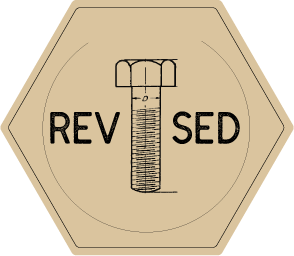A long wheelbase Minerva ? The image of 2 Landrovers on the cover of a book drew my attention. I never knew Minerva assembled long wheelbased vehicles based on the Landrover chassis. The cover was from the book “La Croisiere Minerva, sur les routes des Indes” by Paul Frère. Since I was researching the history of the Societé Nouvelle Minerva, who assembled the Series 1 Landrovers in Belgium at that time, I was intrigued by the story.
A lot of research later the picture became clearer and a forgotten story can be told. Not only was the expedition from 1953 to India well documented and filmed by a professional crew, but all the photo’s, films and logbooks still were untouched in some old boxes in an attic.
Hundreds of photos were digitised and the original 16mm films were carefully transferred to the best possible digital format, giving a unique insight in a special era. Complemented by the book written about the trip, various articles out of the period press now give the chance to compile this story into a multimedia experience, and possibly an upcoming book.











